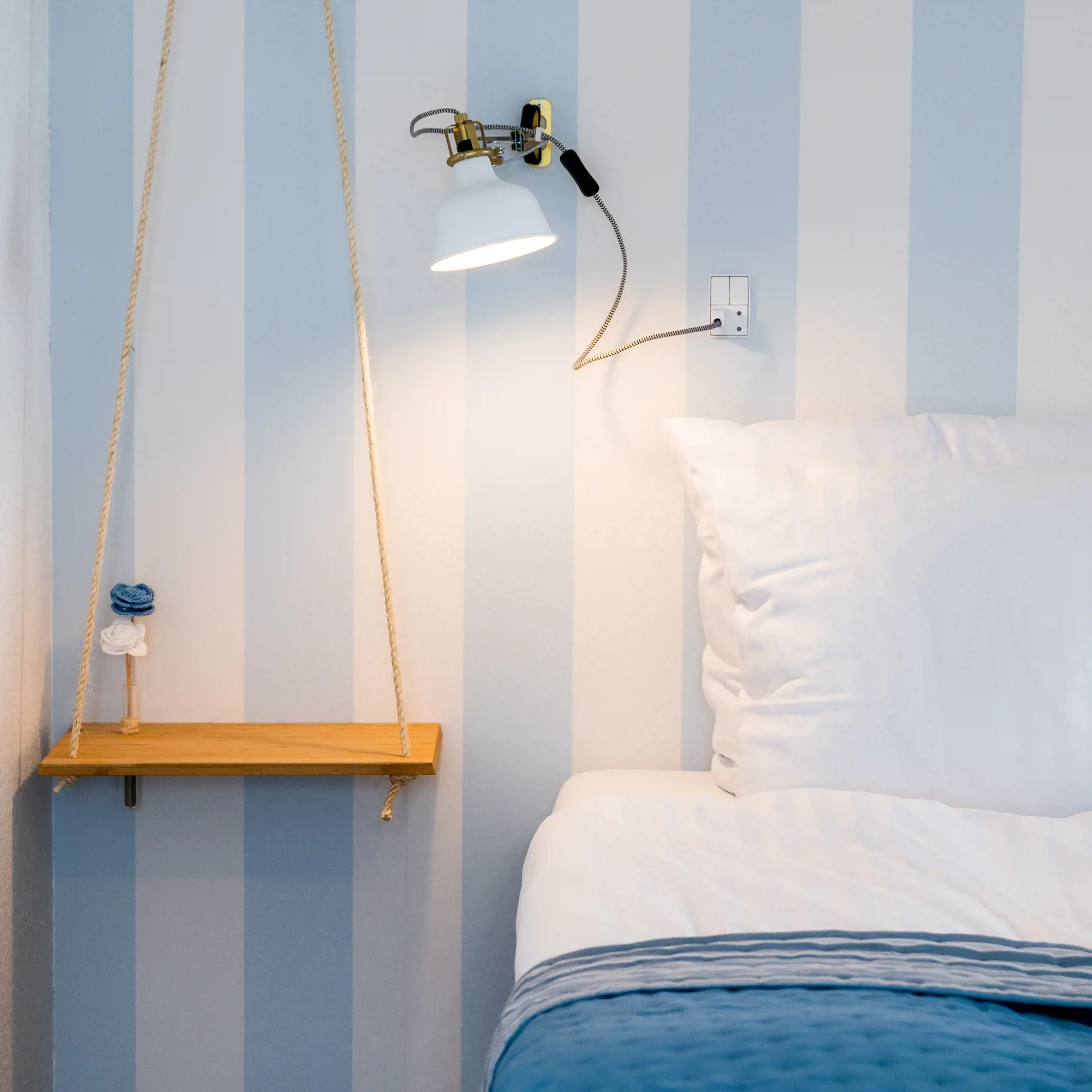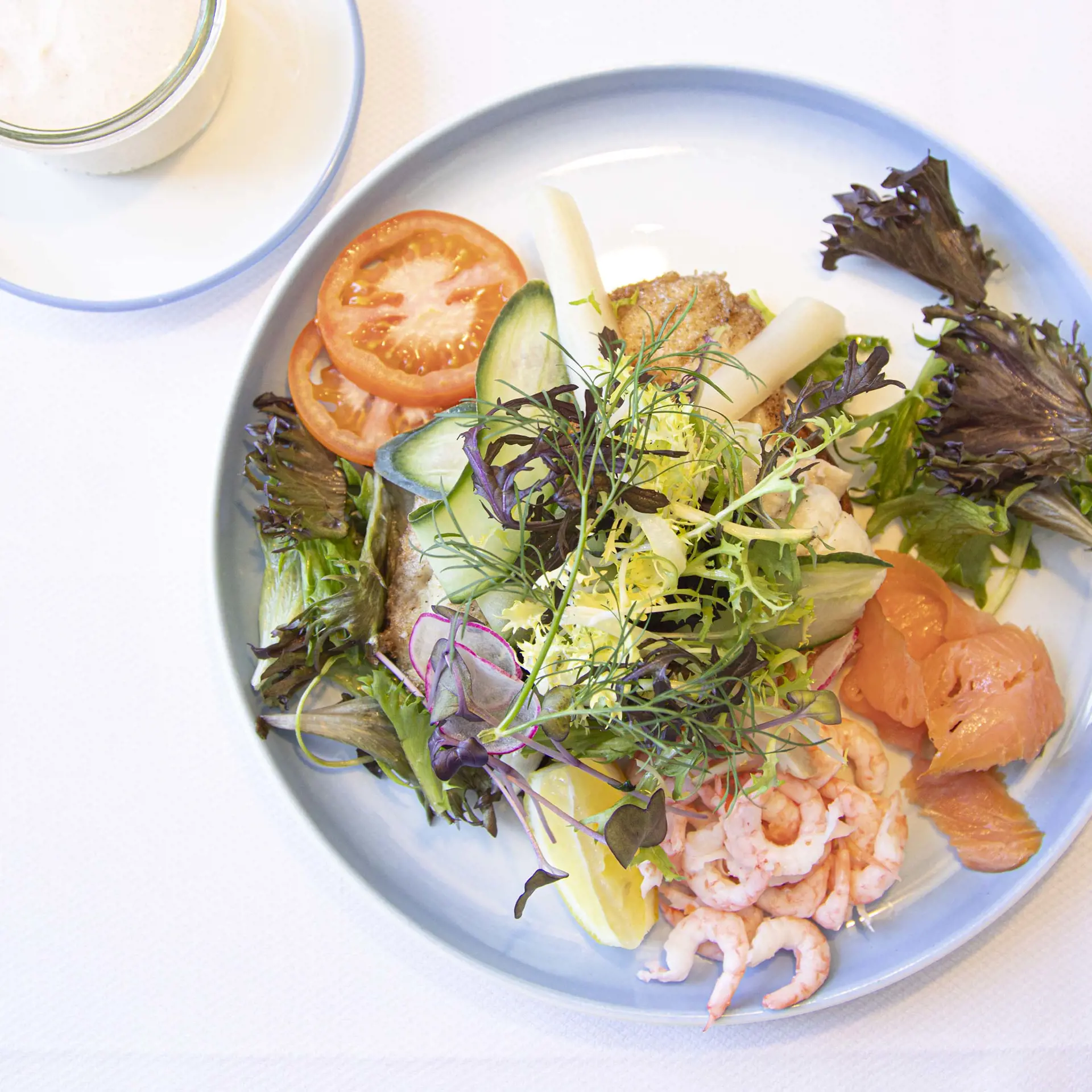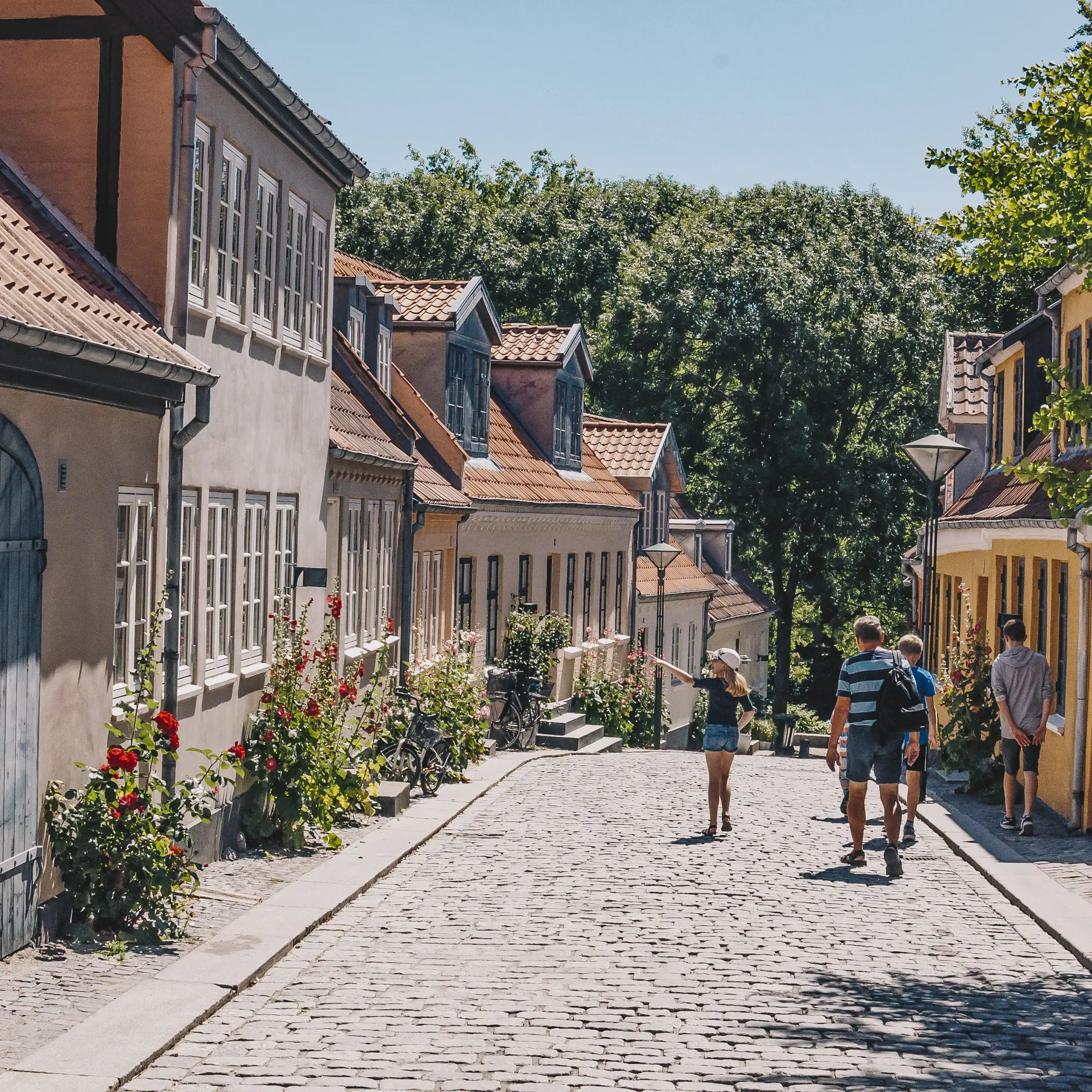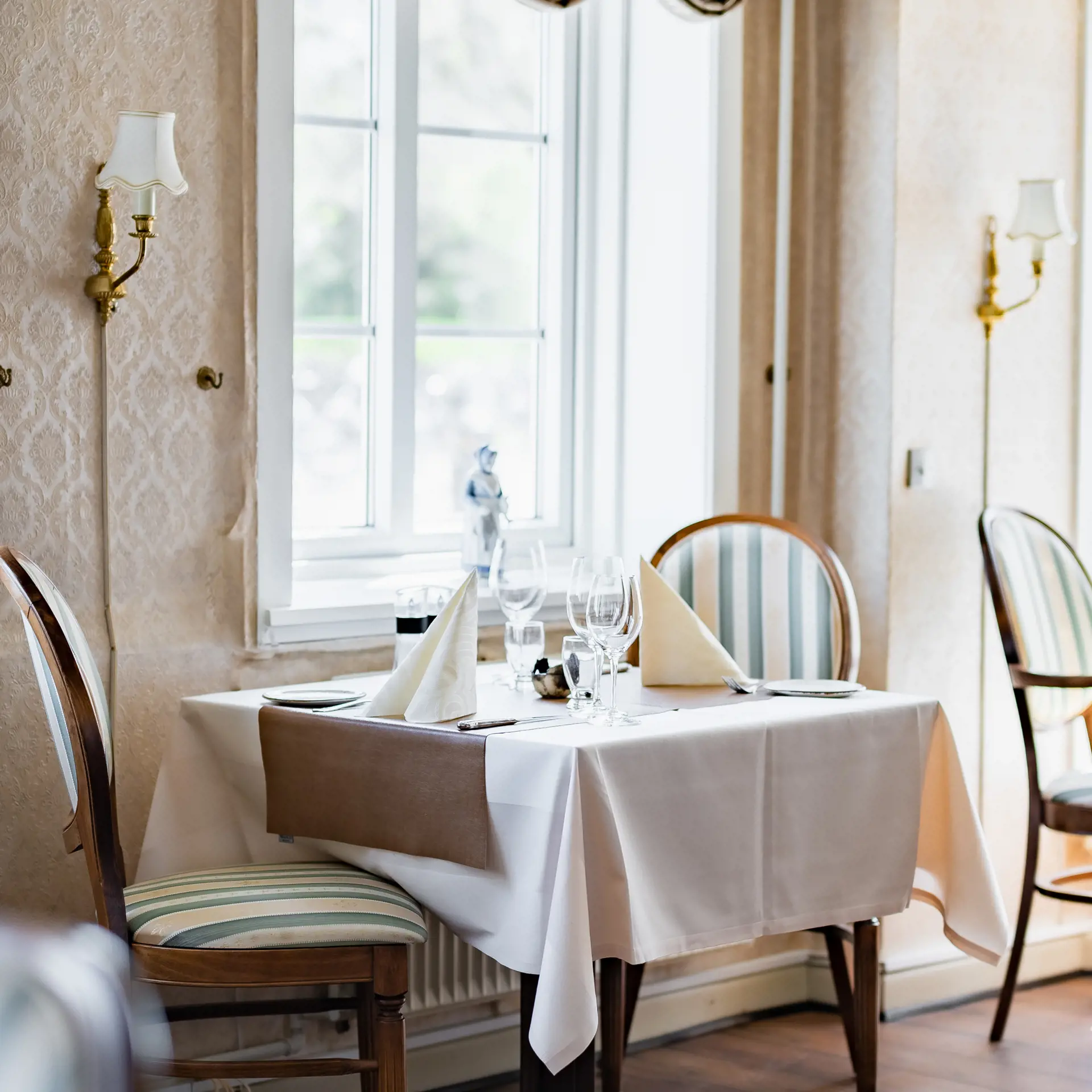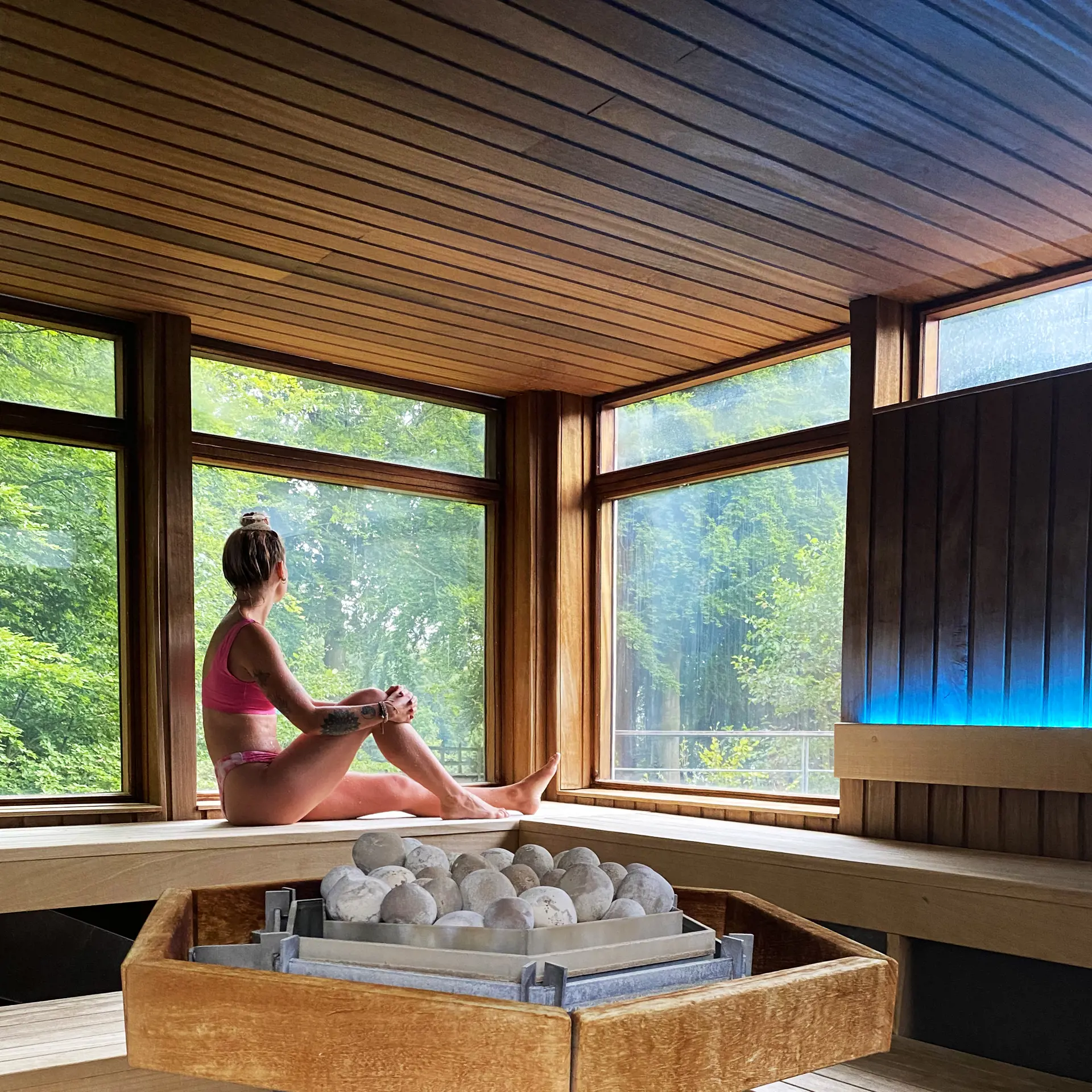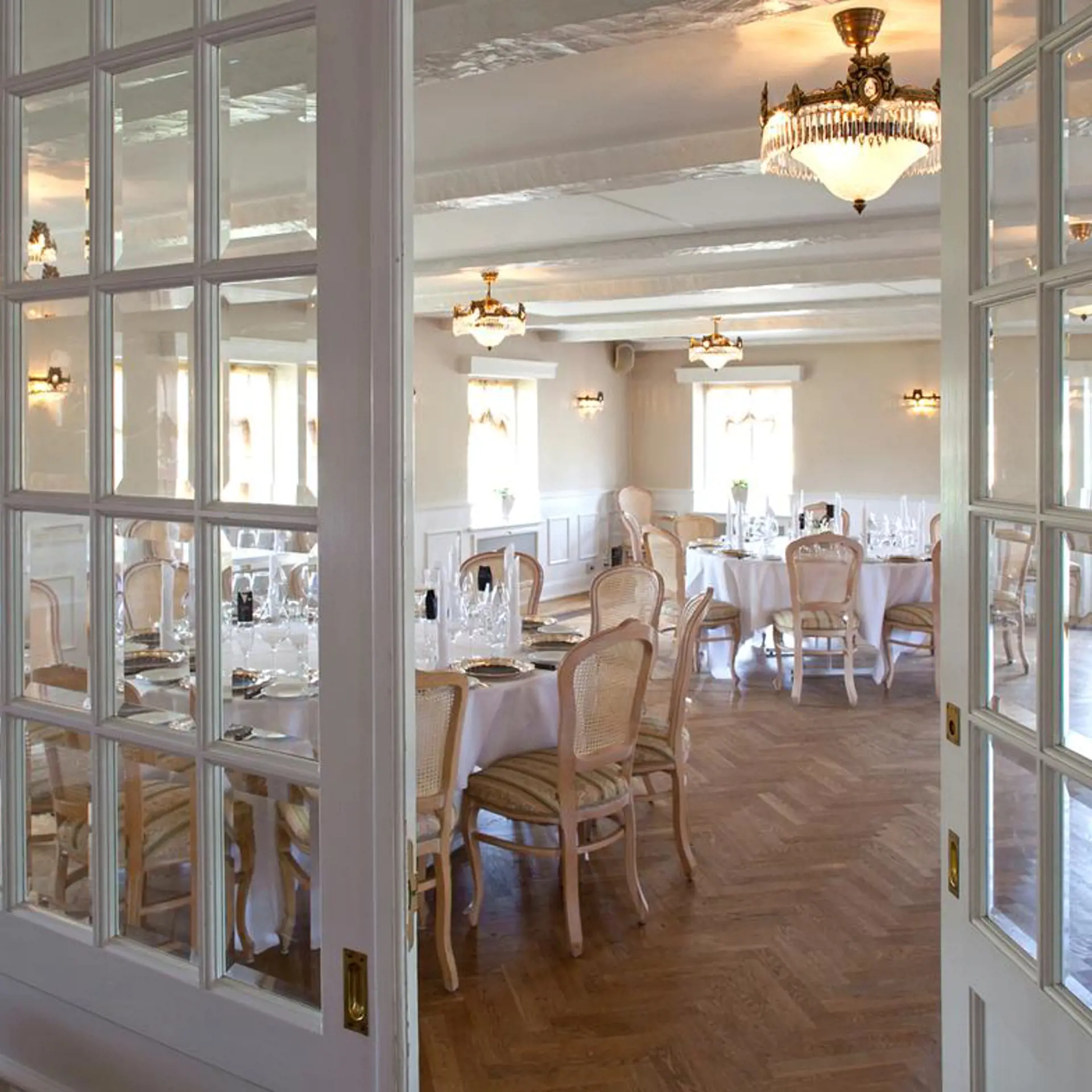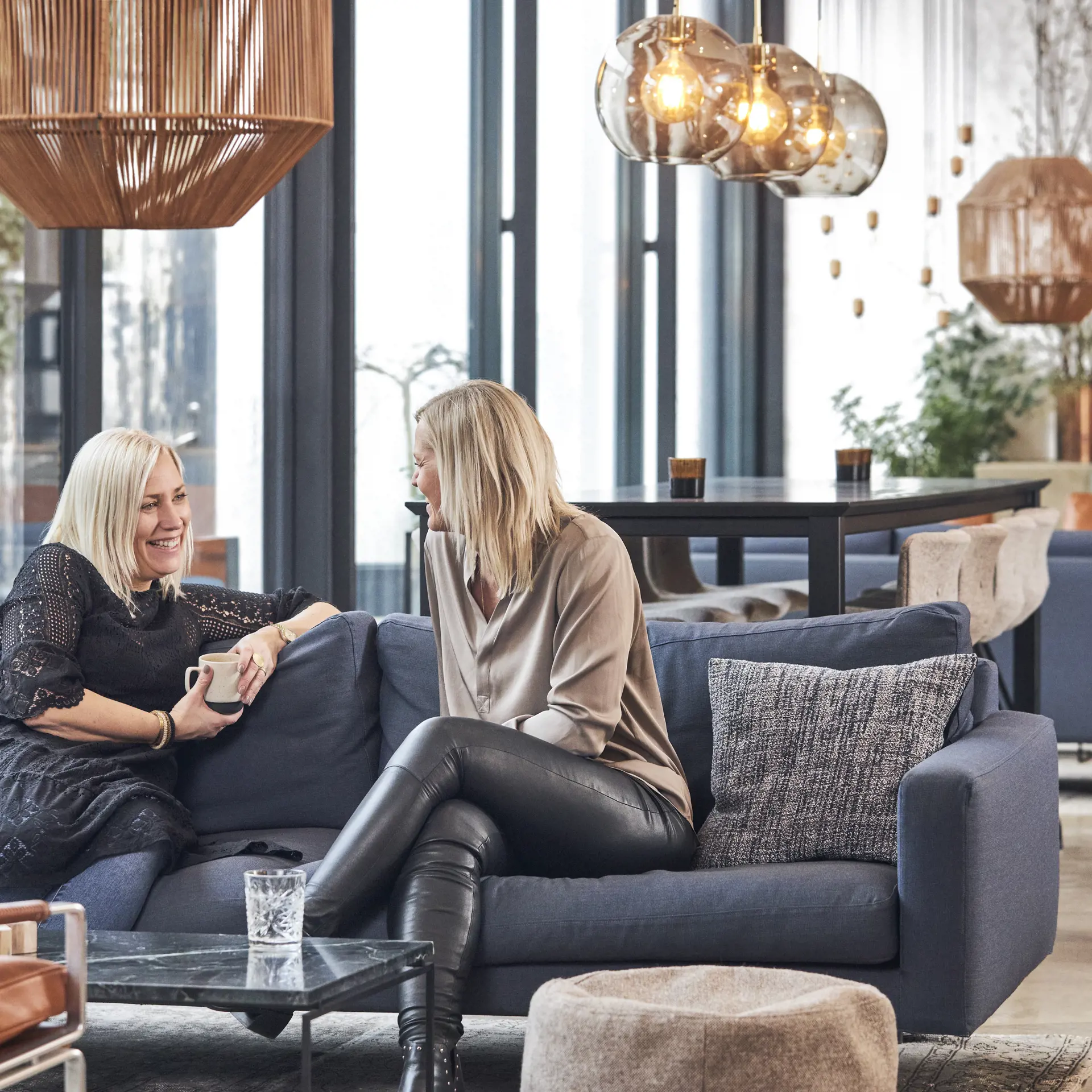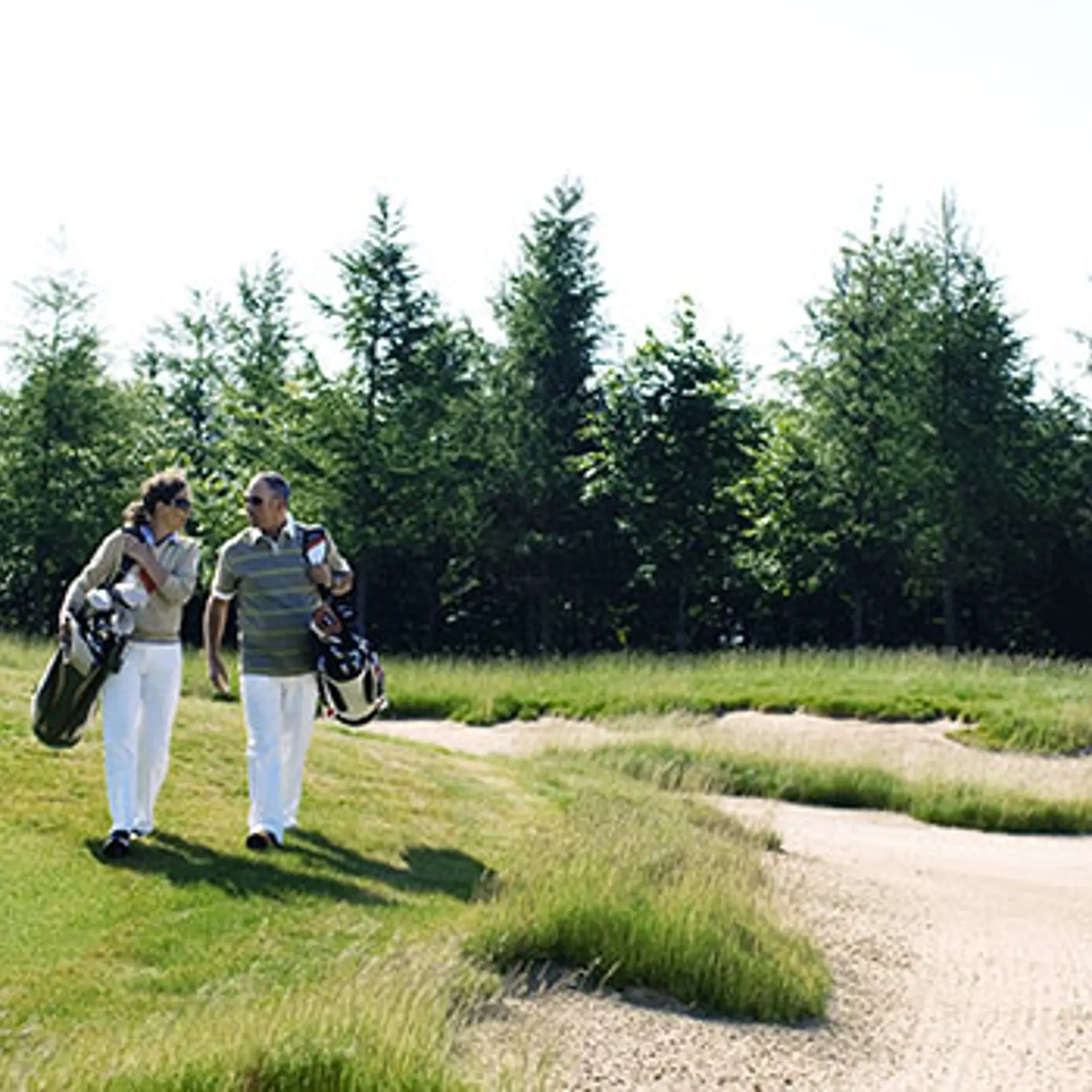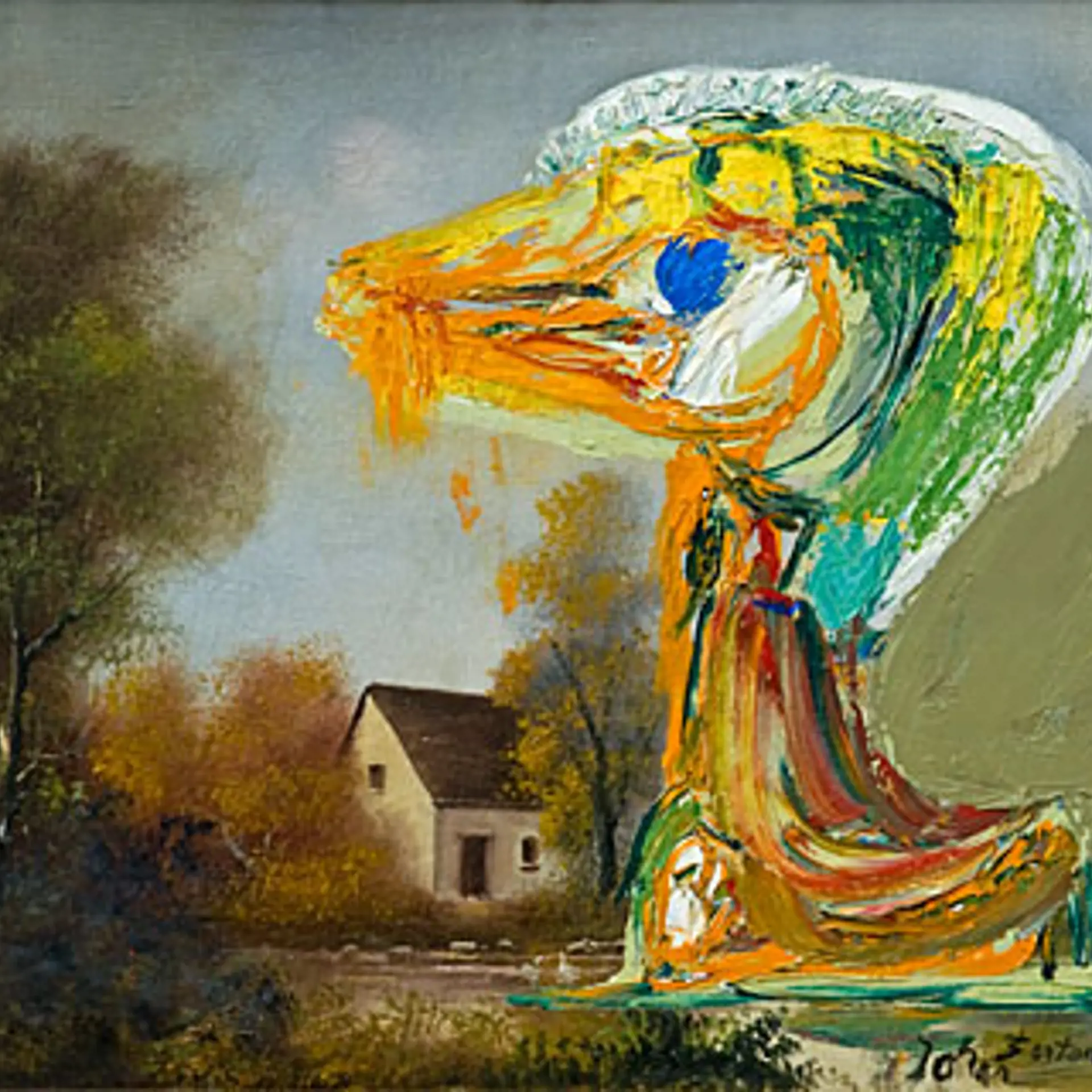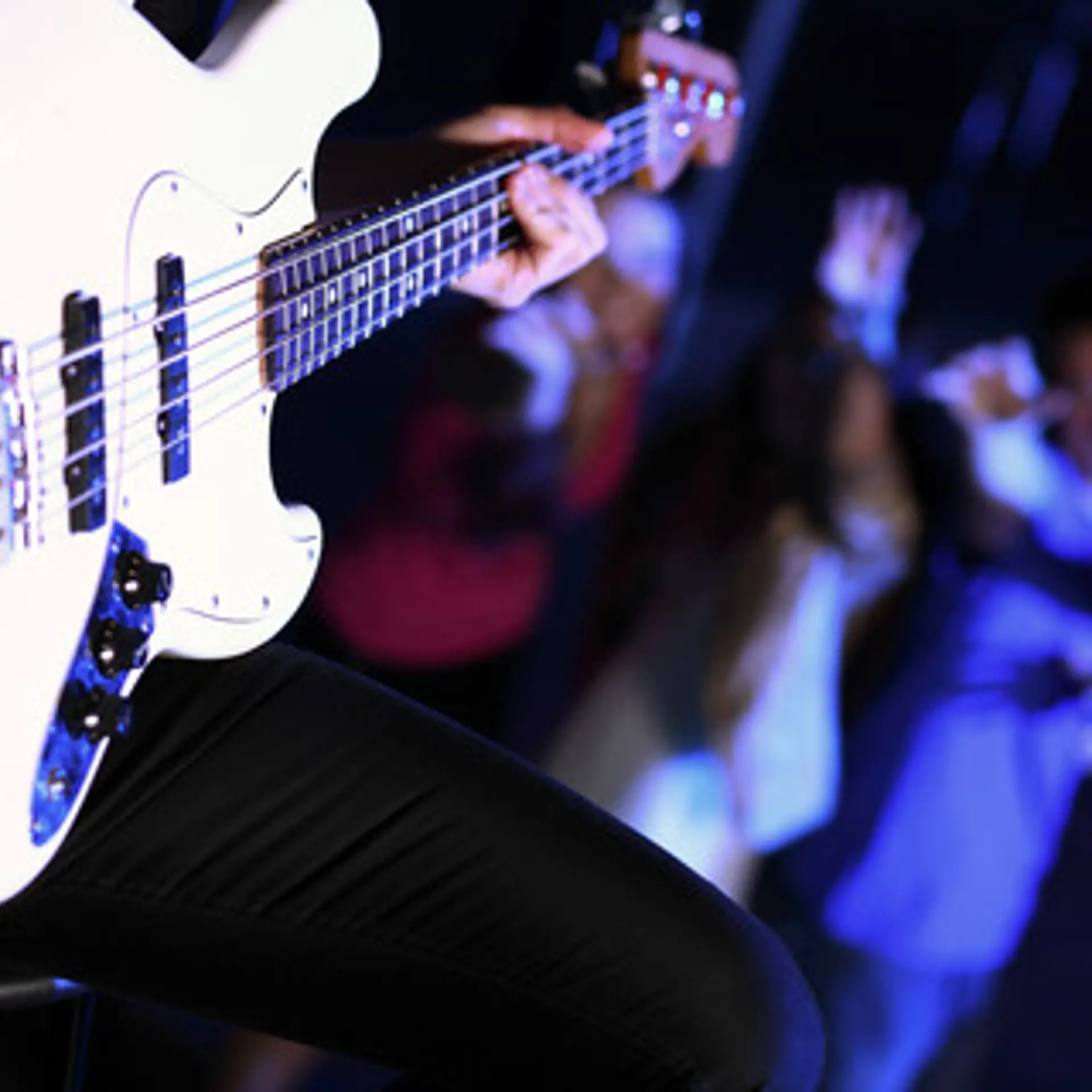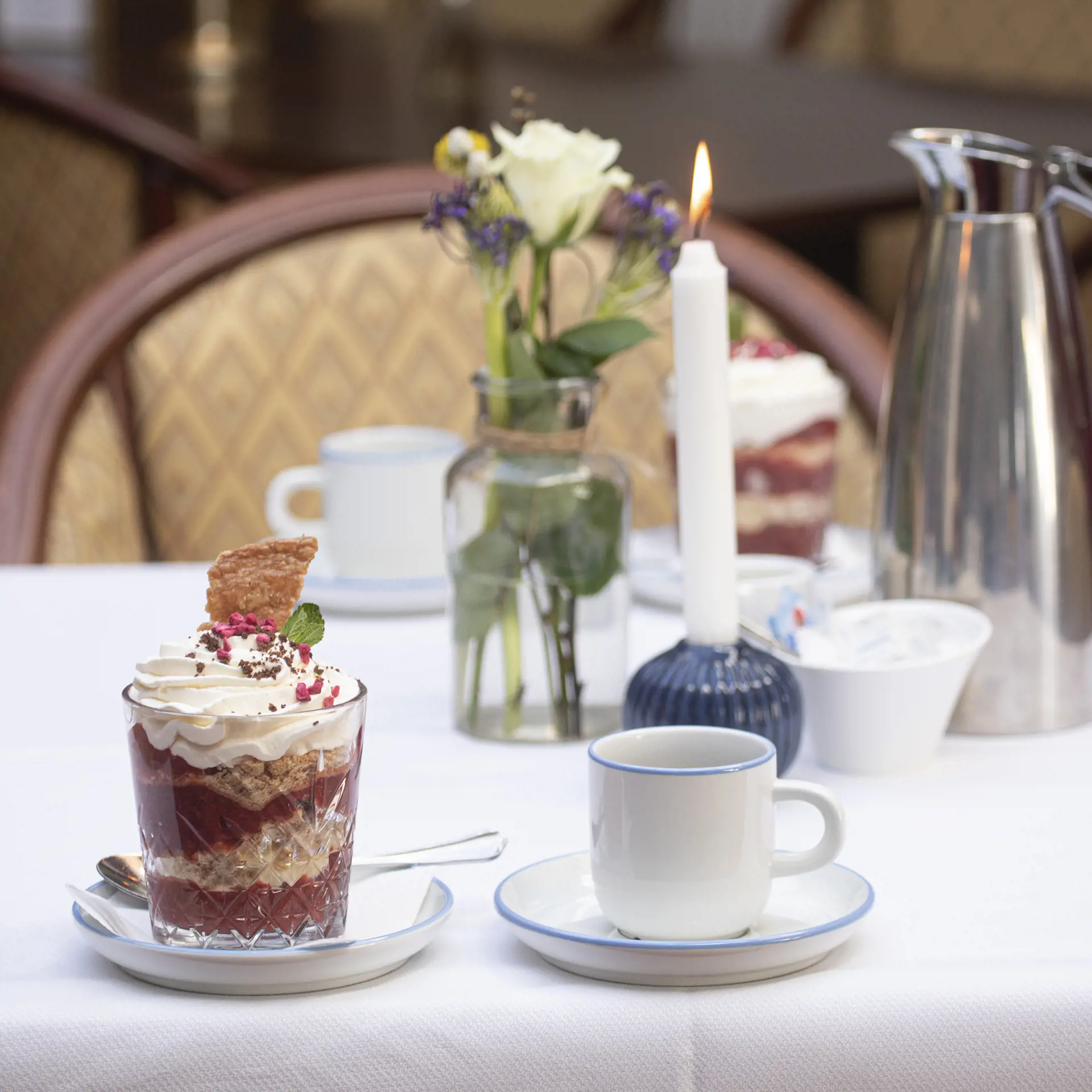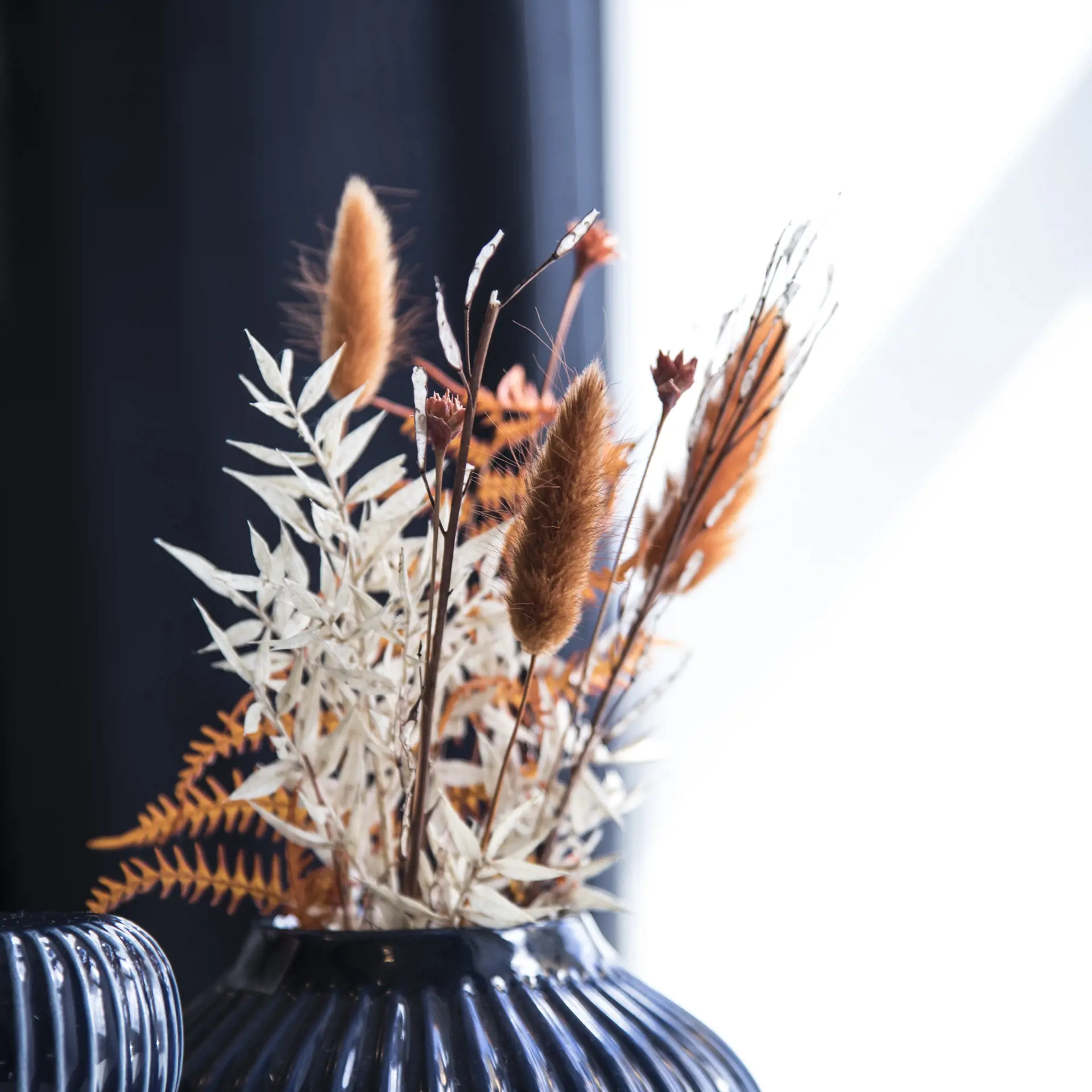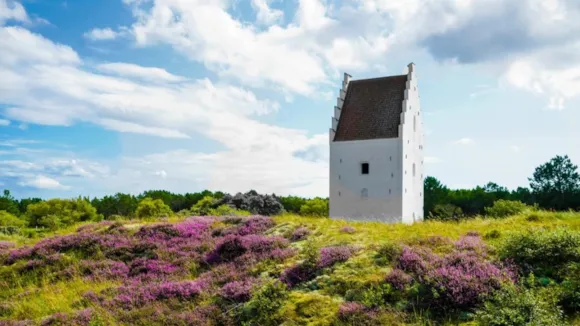It began here. Young artists travelled to Skagen, got lost in the motifs, created groundbreaking art across art forms, lived in a fascinating and lifelong community and founded Skagens Museum. It's all still here, spread across three museums and scattered throughout the city.
Skagens Museum houses the world's largest collection of the works of the Skagen painters. Anchers Hus was the home where the artist couple Anna and Michael Ancher lived, worked and gathered their artist friends. Drachmann's House was the oasis where the painter and poet Holger Drachmann found inspiration and peace.
In Skagen, you can experience exactly that historical heritage in the centre of a city that lives, works and works in the present.
The artist colony in Skagen was established after Holger Drachmann's first visit to Skagen in 1872. He was fascinated by the frugal, hard-working lives of the local fishermen and their families, and by the vast expanses that surrounded the small, enterprising fishing town. Drachmann's fascination spread to a group of young artists who saw the possibility of finding new motifs that would help them break away from their masters: the Golden Age painters. Because the new generation of artists wanted something different. They wanted to find their own feet. In this way, one of Scandinavia's most famous and recognised artist colonies gradually emerged with names like Michael and Anna Ancher, P.S. Krøyer, Laurits Tuxen, Holger Drachmann, Carl Locher, Thorvald Bindesbøll, Ulrik Plesner, Christian Krohg and Oscar Björck.
Skagens Museum celebrates the contrasts in the history on which the museum is based: The history of the artistic community that sprouted in Skagen from the 1870s. The community of painters, poets, designers, writers, musicians and actors were pioneers in their own time, but posterity has categorised the painters in particular as nice and uncontroversial. Skagens Museum addresses the paradoxes and works between history and the present with a perspective for the future.
Travel with bus and train in North Jutland
Getting around North Jutland with public transport is effortless. Plan you trip with bus, train or ‘Plustur’ on rejseplanen.dk.





























